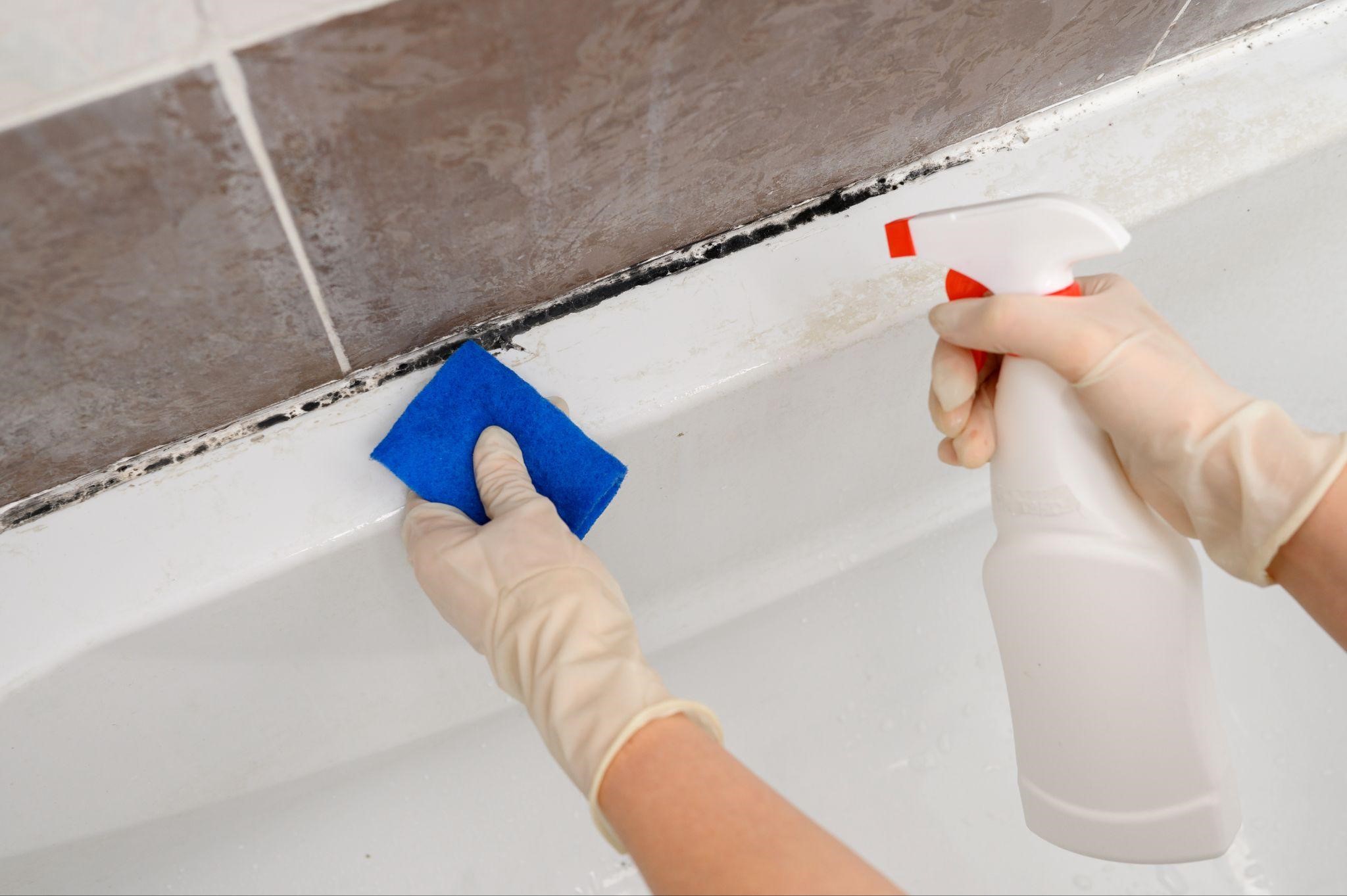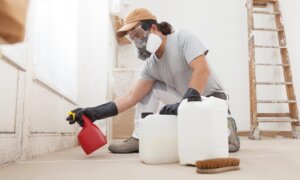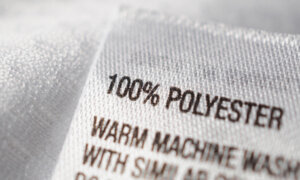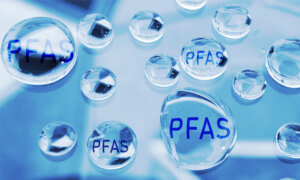Mold is more than just an aesthetic problem in a home; it can also pose a threat to your health. Exposure to mold has been linked to conditions, including allergic rhinitis, asthma, and even cognitive issues like brain fog.
In the “Health 1+1” program, Shao-Hung Wang, professor and chair of the Microbiology, Immunology, and Biopharmaceuticals Department at National Chiayi University in Taiwan, discussed the increasing number of mold-related poisoning incidents in recent years. He cited the 2004 contamination of Pedigree dog food, which led to kidney failure in approximately 6,000 dogs in Taiwan alone. More recently, in March of last year, toxic puberulic acid was found in red yeast rice supplements from Japan’s Kobayashi Pharmaceutical, a drug-maker company, resulting in over 100 deaths.
During the program, Wang outlined effective strategies for mold prevention and removal, including essential cleaning products to help keep it at bay.
Health Risks of Indoor Mold
Beyond foodborne mold poisoning, indoor mold contamination is also a serious concern.
In damp environments, mold toxins can trigger allergic reactions and, in some cases, even severe asthma symptoms, Wang noted. He cited a 2023 review indicating that in old, moisture-prone buildings, mold growing on structures can release mycotoxins into the air. These airborne toxins, or bioaerosols, can be unknowingly inhaled by residents, leading to various health issues.
A recent review in the journal Toxicology found that exposure to environmental mycotoxins may compromise the blood-brain barrier, allowing these toxins to enter the central nervous system. This disruption can potentially trigger oxidative stress and neuroinflammation, both of which are linked to an increased risk of Alzheimer’s disease.
Common Mold Habitats in Your Home
Mold thrives in damp, humid environments where nutrients are readily available, making certain areas of the home particularly susceptible, Wang noted.
Bathrooms and Kitchens
Bathrooms and kitchens are particularly susceptible to mold, especially on silicone sealants, countertops, and hard-to-reach areas.
These spaces tend to have high humidity, and organic matter—such as soap residue from bathing or food scraps in the kitchen—can serve as nutrients for mold growth.
Furniture and Wall Crevices
Mold can also form on furniture, walls, and ceilings.
For example, the paint or varnish on wooden wardrobes may provide nutrients for mold. In humid, poorly ventilated conditions, mold spots often appear behind closets or in corners.
Mold also tends to grow in hidden areas, sometimes producing a musty odor even when no visible mold is present.
Basements
Poor ventilation in basements makes them prone to moisture buildup, creating ideal conditions for mold growth—especially on wooden wall panels.
Potted Plants and Drip Trays
The soil in potted plants and the water collected in drip trays are also common breeding grounds for mold.
Wang recommends placing plants in sunlight regularly and replacing soil immediately if mold appears.
Household Appliances
- Air Conditioners: Air conditioners tend to accumulate moisture, while indoor air contains skin flakes that serve as nutrients for mold.
- Washing Machines: Constant exposure to water makes washing machines prone to mold growth. Wang recommends having them professionally inspected at least once a year and periodically using mold removers to clean the interior.
- Dishwashers and Dryers: While high temperatures during washing and drying may help, they are not always sufficient to eliminate mold and spores completely. Mold can persist, particularly on rubber seals that do not come into direct contact with heat.
When drying clothes, Wang suggests using anti-static dryer sheets or wool dryer balls, as static electricity can attract mycotoxins. Whenever possible, let clothes dry in the sun after machine drying— this helps reduce static while breaking down particles that may contain fungal toxins.
Preventing Mold Growth
A musty smell in a room is a key indicator of excessive humidity.
A 2024 study showed that increasing air circulation promotes evaporation, helping to keep indoor surfaces like tiles dry. This prevents mold spores from germinating and inhibits mold growth.
In addition to ensuring proper ventilation, using a dehumidifier is essential when relative humidity exceeds 60 percent. Pairing it with an air purifier can further help remove fungal spores, mold fragments, and mycotoxins from the environment.
Safe Mold Removal Methods
If mold develops on walls or silicone surfaces at home, a variety of commercial mold removers are available in spray and foam form. However, Wang cautioned against mixing mold removers with other cleaning or disinfecting agents, as this may trigger harmful chemical reactions. If a mold remover is unavailable, bleach can be used as an alternative.
Step-by-Step Instructions for Bleach Solution:
- Dilute bleach at a 1:100 ratio with water.
- Soak a paper towel in the solution and place it over the mold-affected area.
- Let it sit for one to three hours.
- Scrub the area with a sponge or scouring pad.
For severe mold growth, use a higher concentration of bleach at a 1:10 ratio. However, when applying a high-concentration solution, be sure to leave the room to avoid inhaling fumes that can irritate the respiratory tract.














